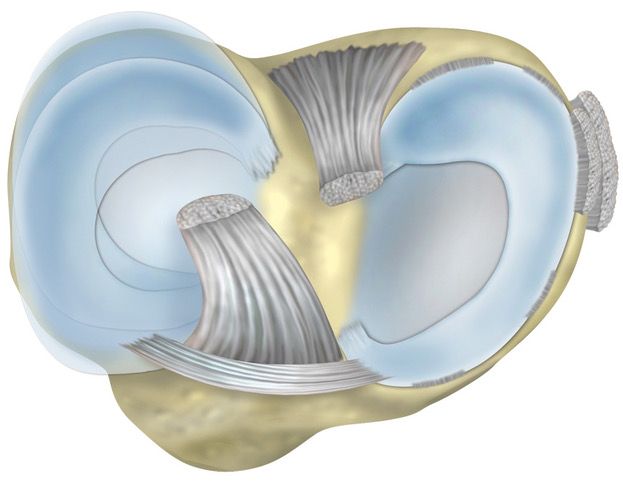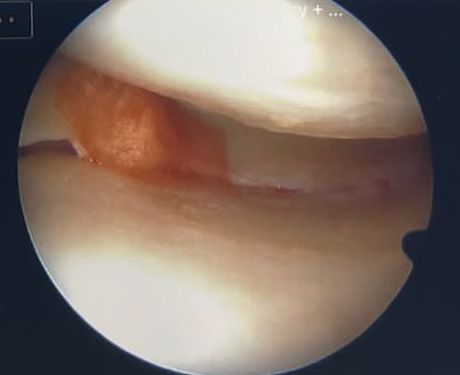Meniscus Repair & Regeneration
Meniscus is a hard cartilage; it is an important shock absorber for the knee. Damage to the meniscus leaves the patient with less protection for the cartilage and bone. Therefore, we must do our best to protect, repair and save the meniscus.
Meniscus surgery
There are many ways to treat meniscus tears, removal and meniscectomy should be the last option. As technology and biological treatments mature, there are many new ways to treat meniscus damage.
Book Online


